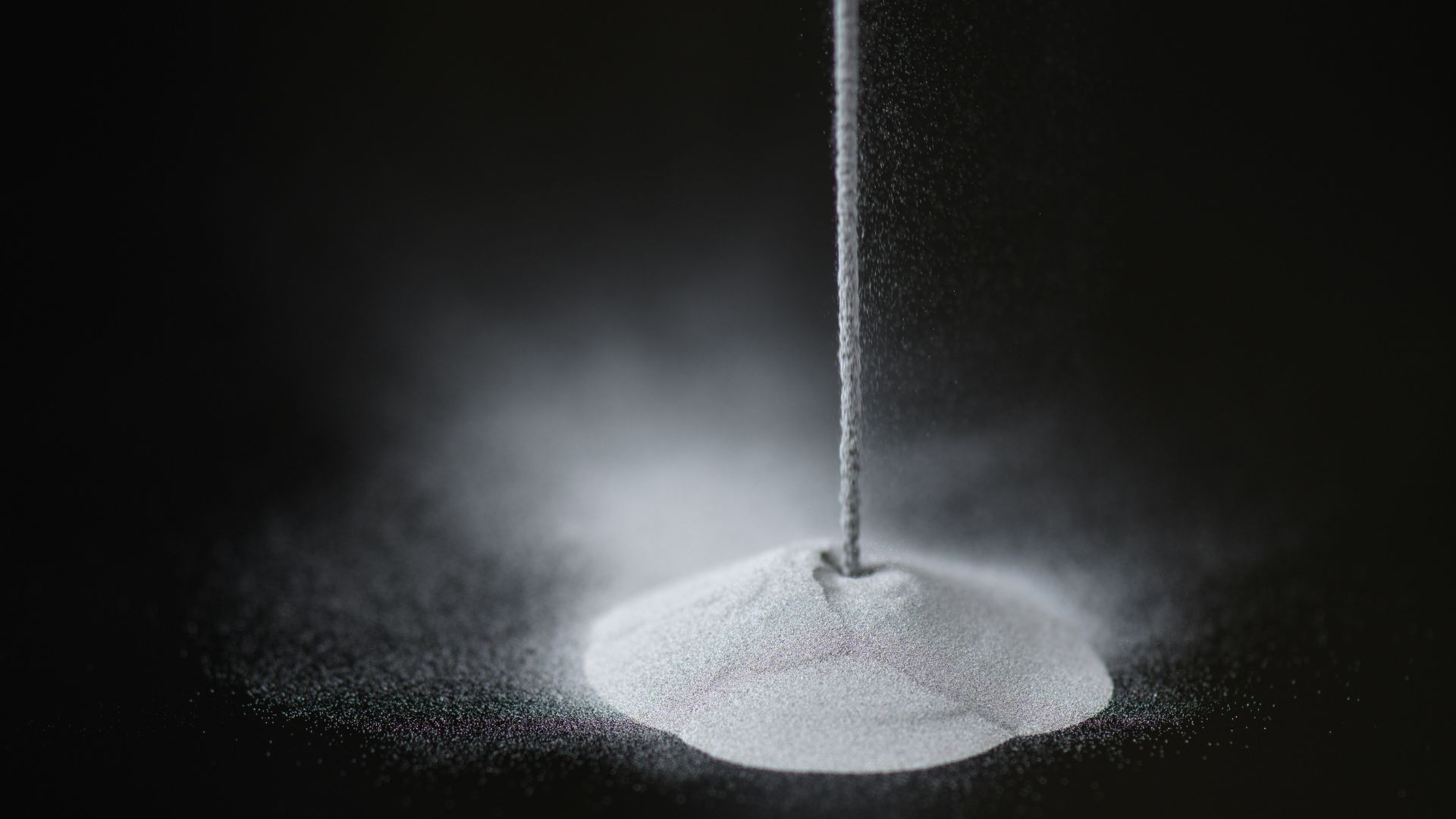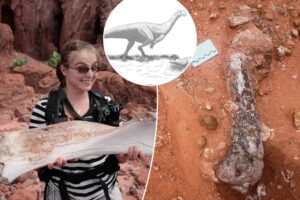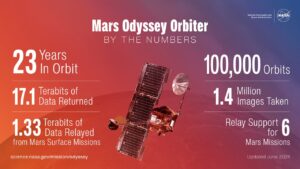Envisioning more durable and longer-lasting aircraft and spacecraft that could withstand extremely high temperatures has long been an aspiration of the space industry.
Now a team of engineers and researchers at NASA has developed a 3D printed superalloy called GRX-810 specifically for space applications.
A research team led by Dr. Tim Smith and Christopher Kantsos of NASA’s Glenn Research Center claims the alloy demonstrates exceptional durability and strength, withstanding temperatures in excess of 2,000 degrees Fahrenheit and lasting up to 2,500 times longer than traditional alloys.
The material exhibits precise control of composition and microstructure
To adapt to rapidly developing laser 3D printing technology, NASA has developed a material that exhibits precise control of composition and microstructure, making it different from conventional approaches.
The superalloy is enhanced with resistance to oxidation damage and superior performance characteristics, promising a revolution in aerospace technology for longer-lasting and more efficient aircraft and spacecraft components.
NASA says the GRX-810 is designed for the extreme temperatures and harsh conditions of air and space flight. The high-temperature 3D printing material improves durability and strength, making it suitable for aerospace applications such as liquid rocket engine injectors, combustion chambers, turbines and hot section components.
“GRX-810 represents a new space for alloy design and manufacturing techniques that were not possible a few years ago,” noted Dr. Tim Smith, materials scientist at NASA Glenn.
Computer model and laser 3D printing, fused to form a superalloy
Smith, along with Glenn colleague Christopher Kantsos, implemented a time-saving method of computer modeling and laser 3D printing by fusing the metals together layer by layer. The strength-enhancing element is due to the small particles containing oxygen atoms that are distributed throughout the alloy.
The space agency has now licensed its technology to four US firms, which will allow the latter to manufacture and sell the GRX-810 to aircraft and missile manufacturers and the entire supply chain.
NASA’s four exclusive licensees are Carpenter Technology Corporation of Reading, Pennsylvania, Elementum 3D, Inc. of Erie, Colorado, Linde Advanced Material Technologies, Inc. of Indianapolis, Powder Alloy Corporation of Loveland, Ohio.
“NASA invests tax dollars in research that demonstrates direct benefit to the U.S. and transfers its technology to industry by licensing its patents,” said Amy Hiltabidel, licensing manager at NASA’s Glenn Research Center in Cleveland.
“The adoption of this alloy will lead to more sustainable aviation and space exploration,” said Dale Hopkins, deputy project manager for NASA’s Transformative Instrumentation and Technology Project.
“This is because the jet engine and rocket components made from the GRX-810 will reduce operating costs by lasting longer and improving overall fuel efficiency.”
Teams from Glenn, NASA Ames Research Center, Ohio State University and NASA’s Marshall Space Flight Center conducted recent tests involving 3D printed rocket engine parts with the new material.
NASA’s statement noted that patent licensing and other mechanisms allow the agency to spin off more than 2,000 technologies for companies to develop into products and solutions that support the U.S. economy.
FOR THE EDITOR
Shubhangi Dua As a quirky and imaginative multimedia journalist with an MA in magazine journalism, I’m always cooking up fresh ideas and finding innovative ways to tell stories. I have dabbled in various fields of media, from wielding a pen as a writer to capturing moments as a photographer and even developing social media strategies. With my creative spirit and eye for detail, I worked in the dynamic landscape of multimedia journalism and wrote on sports, lifestyle, arts, culture, health and wellbeing for Further magazine, Alt.Cardiff and The Hindu. I’m on a mission to create a media landscape that’s as diverse as a spotify playlist. From India to Wales and now England, my journey has been filled with adventures that inspire my paintings, cooking and writing.



